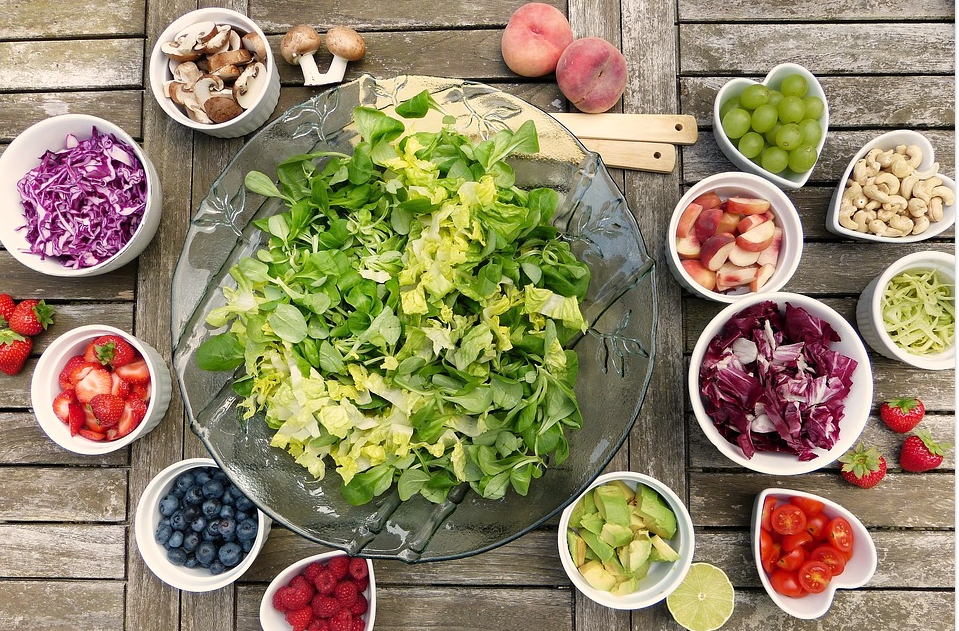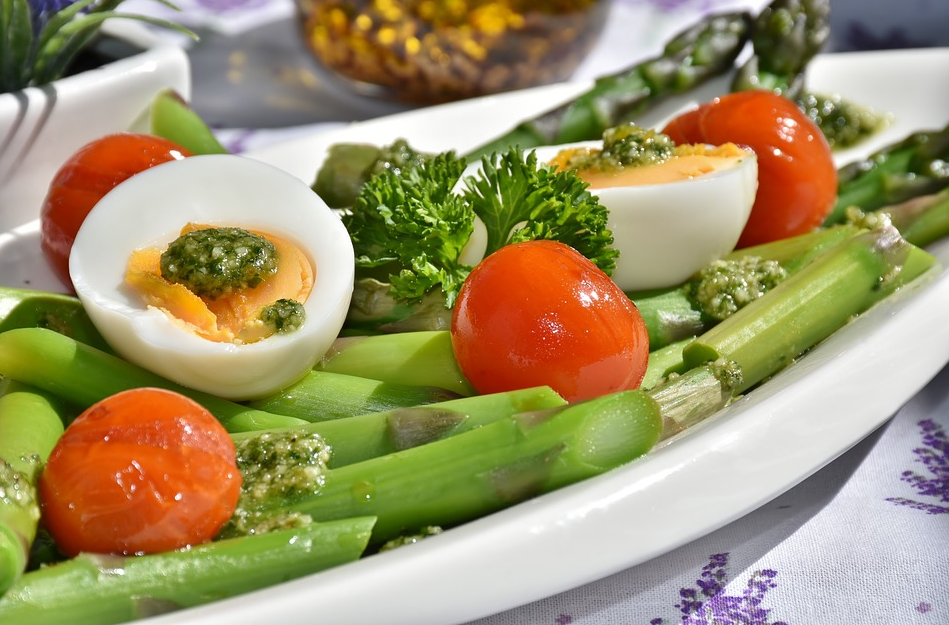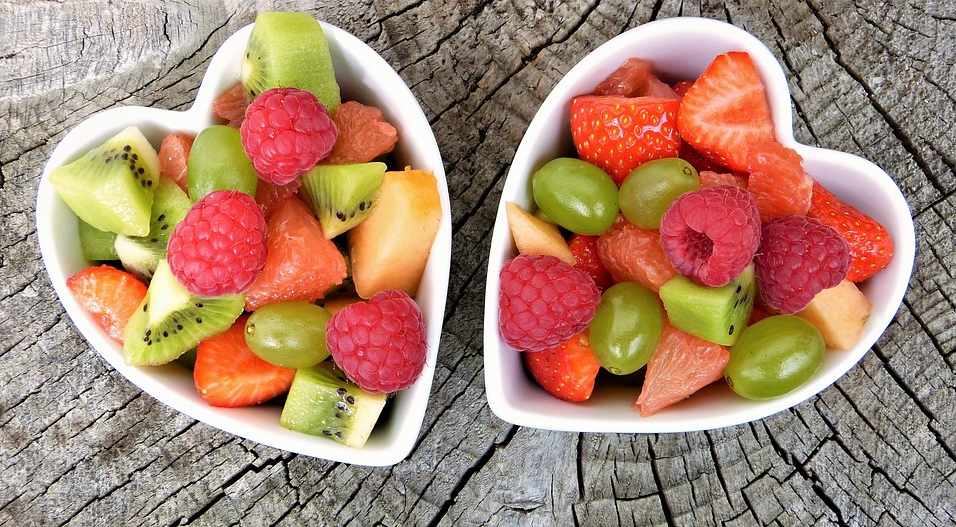It’s finally come to this. After eluding it for so long, the doc finally advised you to cut back on the sodium if you want to happily live out your golden years. Don’t sweat it, because you’re definitely not alone and a low sodium diet is very common. The Academy of Nutrition and Dietetics reports that the average American consumes about 3,400 milligrams of sodium per day, while the recommended value is only 2,300 milligrams.

That number is virtually cut in half for at-risk groups, such as those with high blood pressure, diabetes, and those over 51. Their sodium intake per day should only be 1,500 milligrams.
Now that you know the numbers, it’s time to get down to the facts. Particularly, the benefits of a low sodium diet, foods to avoid, foods to enjoy, and tips on how to easily integrate this diet into your everyday life.
Benefits of a low sodium diet
Just like anything else in life, the first question that people ask when starting a new diet is, “what can I get out of this?” Rest assured, when taking on a low sodium diet, the benefits are virtually endless and make a huge difference on both the obvious and not-so-obvious aspects of your everyday health.
Some of the clear benefits resulting from a low sodium diet include improved heart and kidney health, and the lowering of both blood pressure and cholesterol.
Less obvious improvements include, but are definitely not limited to, decreasing your risk of dementia and brain aneurysms, improving your memory, and preventing future vision loss.
Foods to Avoid
Now for the to the not-so-fun part of this diet; what foods you need to avoid. The easiest way to reduce the amount of sodium in your diet is by avoiding packaged or processed foods, canned foods, frozen food, pickled food, fast food, seasoning salts, and boxed meals. These options are all generally loaded with sodium to retain flavor, especially since they are expected to sit on a shelf for an undetermined period of time before eating. That list may be a bit overwhelming, but hear me out, what you can enjoy far exceeds what you have to give up.
Foods to Enjoy

Have you recovered from learning what you should leave out of your diet yet? Good, now let’s move on to the fun stuff! The key to a low sodium diet is keeping it fresh. Lucky for you, there are fresh and healthy alternatives to just about every type of food that we blacklisted earlier. Fresh or frozen (non-processed) meat, poultry, fish, veggies, and fruit are all acceptable. Fresh baked goods, dairy products without salt added (butter is the main one to keep an eye on), olive oil, and unsalted seasonings are all great ways to keep eating the foods you love without packing on the sodium.
Let’s Get Crackin’
Now that you have an idea of what foods have the green light, here is how you can painlessly integrate this into your daily routine.
Like we said before, fresh is key! Using fresh foods and produce, seasoning them with herbs, lemon/lime juices, and spices instead of salt means you can stick to your diet without compromising flavor.
Canned doesn’t always mean bad. As long as you read the label, you’re good to go! Many canned soups, foods, and snacks will say “reduced sodium” on the front, so it always helps to look for that.
Overall, getting the dreaded low sodium diet prescription from your doctor doesn’t mean you have to forego the foods you love. Simply stay conscious of how you prepare your food, take a little extra time to review the labels, and your body will thank you in no time!

